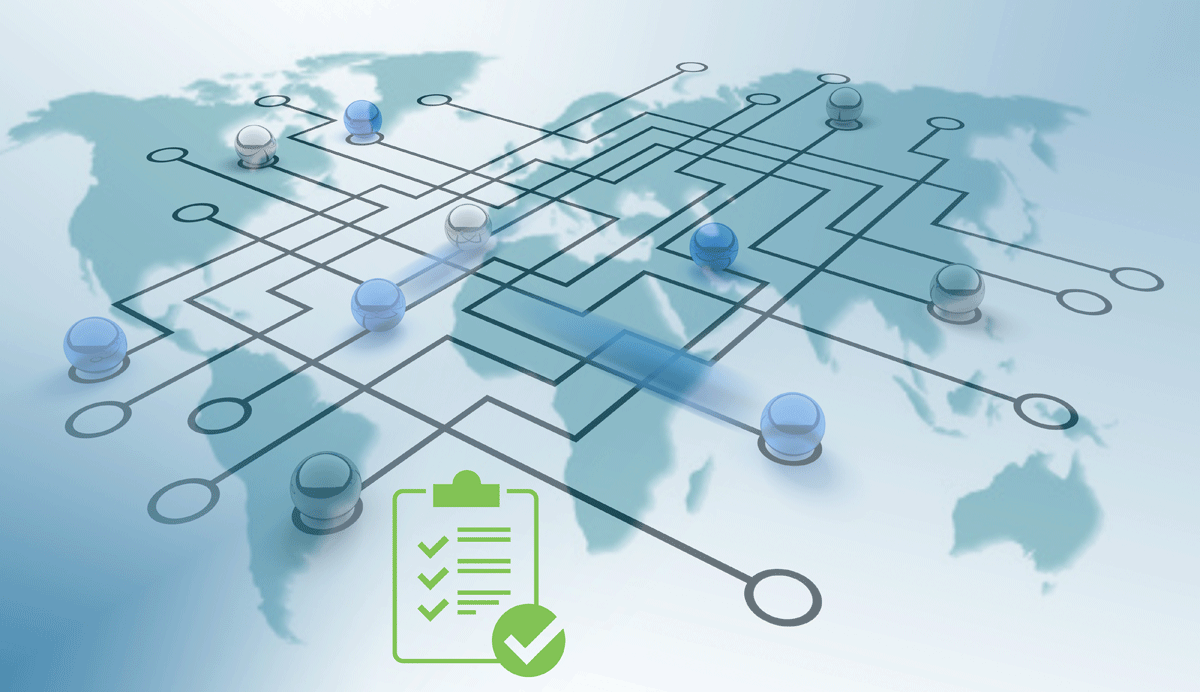GDPR. CCPA. HIPAA. PCI DSS. The number of acronyms within the data security and privacy sphere is forever mounting as governments and industry regulators try to keep pace with modern enterprise’s demands for data. Data has arguably become one of, if not, the most important asset in the global economy today. Yet, there has been a call for greater transparency and security in how organizations leverage sensitive data. Given that data breaches involving millions of records seem to be occurring on a weekly basis, it is clear organizations are taking liberties as to how they use, share, and store data.
Simply put, consumers are fed up and are demanding greater control over how their data is being used and hence the formation of the aforementioned data privacy regulations by industry bodies and governments as a reaction to signify the importance of data privacy and security. Failure to acknowledge or comply with any of these regulations results in highly publicized and severe fines which can be financially detrimental in their own right, notwithstanding the loss of revenue from the resulting damage to a once trusted brand’s reputation.
The objective of the likes of GDPR, PCI DSS, and HIPAA is to ensure that there is no ambiguity with regards to security and privacy expectations, who is responsible for the data, and what rights consumers have. In 2020, there has been a further push to secure the privacy and fundamental rights of citizens, but this has only intensified due to the digital native population becoming more aware of privacy and of how much of their data they are providing to enterprises.
This is where brand trust is questioned, and consumers are becoming more discerning in which companies they now deal with. If transparency and visibility is guaranteed by an organization – meaning not suffering data breaches, showcasing it understands its data security requirements and privacy responsibilities – then, more often than not, it will have the trust of the consumer.
However, compliance at one point was not at the top of the agenda for business leaders and not long ago it was seen as a checkbox exercise that many would forget. Now, it is a stringent necessity that is non-avoidable and with many more regulations on the horizon, organizations are going to have to ensure they comply with them all. For many businesses this may present initial difficulties.
Requirements that all Data Security Regulations Have in Common
The most important factor to consider when trying to ensure your organization is compliant with the host of privacy regulations is to locate where the commonalities across them lie. This can be typically boiled down to the following:
1. Privacy Minded Culture – having the right people handle the responsibilities of regulatory compliance within the business while building awareness and education around what is expected when dealing with data.
2. Data Protection – instrumenting a data-centric security strategy that protects the organization and its data from possible misfortunes like human error, cyberattacks, and breaches.
3. Breach Notifications – in the event of a breach, many regulations require organizations to notify the relevant authorities, as well as any parties whose data may have been compromised. Since breach prevention is nearly impossible, the best bet is to protect the data itself so that no exploitable information is exposed even in the very likely event of a breach.
By getting these three factors right, organizations can dramatically reduce costs and time when meeting compliance across multiple regulatory standards.






